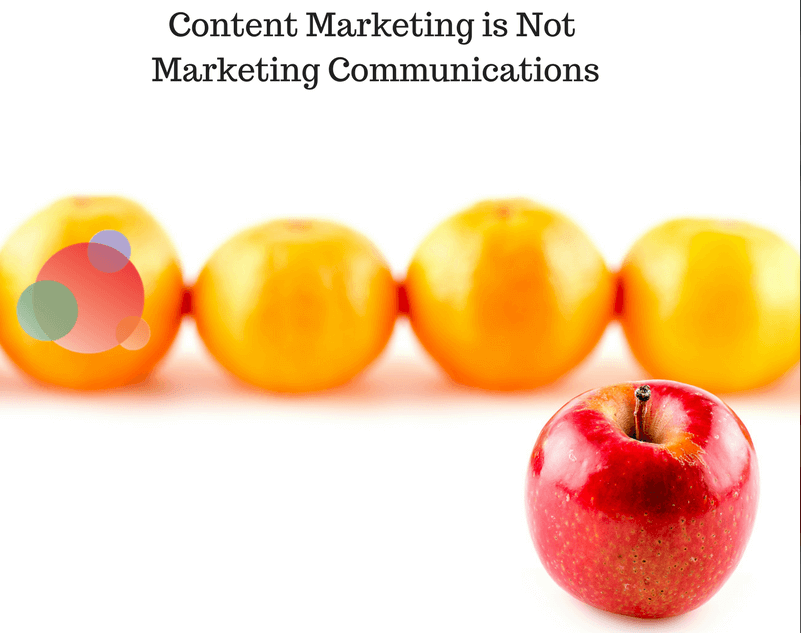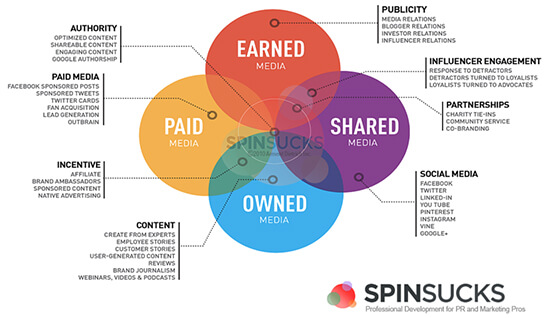 We’ve spent the past few weeks talking about buzzwords, which both get the attention of marketers around the globe…and drive us crazy.
We’ve spent the past few weeks talking about buzzwords, which both get the attention of marketers around the globe…and drive us crazy.
I’ve also noticed a proliferation of progressive tense and the need to use 15 words when one will suffice, just to achieve the long-form content Google loves.
More words does not necessarily equate more value.
And buzzwords do not necessarily make you sound smarter.
Au contraire.
We had a client for nearly 10 years who produces a dictionary every year so their customers know what the heck they’re talking about.
And, for nearly 10 years, I would say, “I really think you’re doing it wrong.”
Alas.
I am a bit of a grammar nerd, I love the English language, and I treat words with much respect.
(Not to say I don’t make mistakes. Now I’m terrified to hit publish on this article because I know someone will find a glaring imperfection.)
Apples Are Not Oranges
But there is a difference between respecting words and completely misconstruing their meaning.
For instance…
In The Drum last week, Samuel Scott published a piece called, “Apples Are Not Oranges—and Content Marketing Means Nothing.”
Ahem.
Here is what Scott has to say:
Both “marketing communications” and “content marketing” are merely the creation and transmission of marketing collateral over channels to an audience. “Marketing communications” came before the “content marketing,” so by definition the latter is merely a buzzword for the former.
His point is that, true to his headline, content marketing is just a buzzword and we really should be calling it marketing communications.
What is Content Marketing?
To fully make the point I’m about to make, we should start at the beginning.
What is content marketing?
Content marketing is one approach that is focused on the creation and distribution of valuable, relevant, consistent, and interesting content.
Its job is to educate, to keep an organization top-of-mind, to build trust, to enhance relationships, and to provide proof of expertise.
It is one of the most compelling ways to build your influence, your thought leadership, your brand, your referrals, your word-of-mouth, and your inbound marketing.
And, to quote Susan Stoga:
Content marketing is the red-headed stepchild. Why doesn’t it get as much respect? People don’t realize how powerful it can be.
Powerful indeed.
What is Content Marketing Not?
Content marketing definitely is not marketing communications.
It’s one tactic in an integrated marketing communications program, but it can’t be defined as such.
In Scott’s article, he quotes Philip Kotler from Principles of Marketing to define marketing communications:
A company’s total promotion mix—also called its marketing communications mix—consists of the specific blend of advertising, public relations, personal selling, sales promotion, and direct-marketing tools that the company uses to persuasively communicate customer value and build customer relationships.
Yes. That is marketing communications.
It’s a blend of all of the marketing disciplines that result in sales and relationships.
Content marketing is not advertising. It is not personal selling. It is not sales promotion.
As well, content marketing alone cannot drive sales.
It can’t, in fact, drive sales without the use of the specific blend of how Kotler describes marketing communications, or what we call the PESO model.
Where Content Marketing Fits in the PESO Model
We call content marketing “owned media” around these parts. But it’s the same thing.
It’s blog posts, articles, white papers, videos, podcasts…anything that lives on your website or blog, or something that you own.
You can see in our pretty little graphic that owned media, when combined with shared media, creates influence engagement and partnerships.
When combined with earned media, it creates authority.
When combined with paid media, it creates incentive.
And, when integrated all together, it becomes marketing communications.
So is it a Buzzword?
To my mind, it’s not a buzzword because, before the advent of blogging, owned media (or content marketing) did not exist.
There were advertorials and company-owned publications and newsletters, but where we are today with are own media is light years ahead of those things.
Content marketing goes beyond those promotional tools, and when coordinated with the other media types, becomes integrated marketing communications—or a PESO model.
As Robert Rose said on last week’s This Old Marketing:
Using owned media to produce a result in an audience is different than advertising. There is a different approach here. It’s creating an experience that adds value to a customer. Call it whatever you like, just don’t say it doesn’t exist.
Just don’t say it doesn’t exist.
